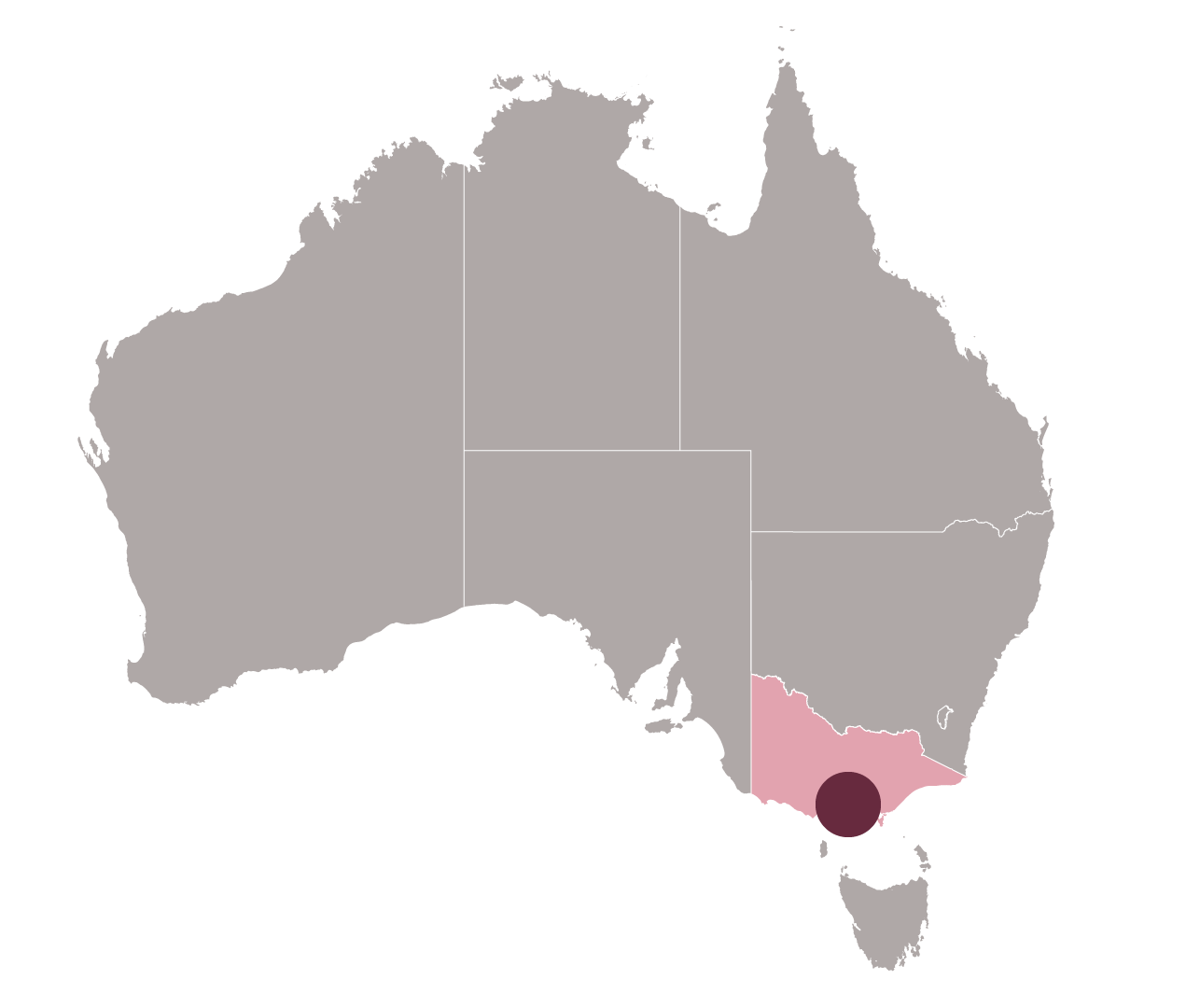Corridor preservation for Melbourne Outer Metropolitan Ring Road/E6


There is a need to preserve corridors to ensure that cost-effective, multi-use infrastructure can be provided in the future. Preserving corridors is a multi-step process that includes defining the corridor, applying land use controls, and acquiring the land required for the corridor.
Purchasing land for corridor protection is a relatively low-risk exercise for governments as acquiring land in the short-term does not preclude changing course in the future.
The Victorian Government has undertaken planning for the Outer Metropolitan Ring Road and E6 corridor, and defined the corridor through application of a Public Acquisition Overlay in 2010. This allows for compulsory acquisition of property when required. It also gives the Victorian Department of Transport rights to request refusal of development applications.The early protection and staged purchase of land in the corridor is aligned with Infrastructure Australia’s previous recommendations to the Council of Australian Governments, and
consistent with the 2021 Australian Infrastructure Plan.
Modelling by Infrastructure Australia in 2017 estimates the net cost of protecting and acquiring the Outer Metropolitan Ring Road/E6 and site for the proposed Western Interstate Freight Terminal at $2.3 billion (2016 prices) using a 7% real discount rate.
The proposal is for corridor preservation for the Outer Metropolitan Ring Road and E6 in Melbourne. The corridor has provision for a freeway (four to six lanes in each direction) and four rail tracks.
The land required for the corridor was defined and preserved in 2010 through a Public Acquisition Overlay. The next step in preserving the corridor is acquisition of land in the corridor as it becomes available.
The Victorian and Australian Governments are developing a detailed business case for corridor protection activities and rail infrastructure delivery within the Outer Metropolitan Ring Road and E6 corridor.
We encourage the Victorian Government to submit the business case to us for a Stage 3: Business case assessment.
Refer to Infrastructure Glossary for terms and definitions.